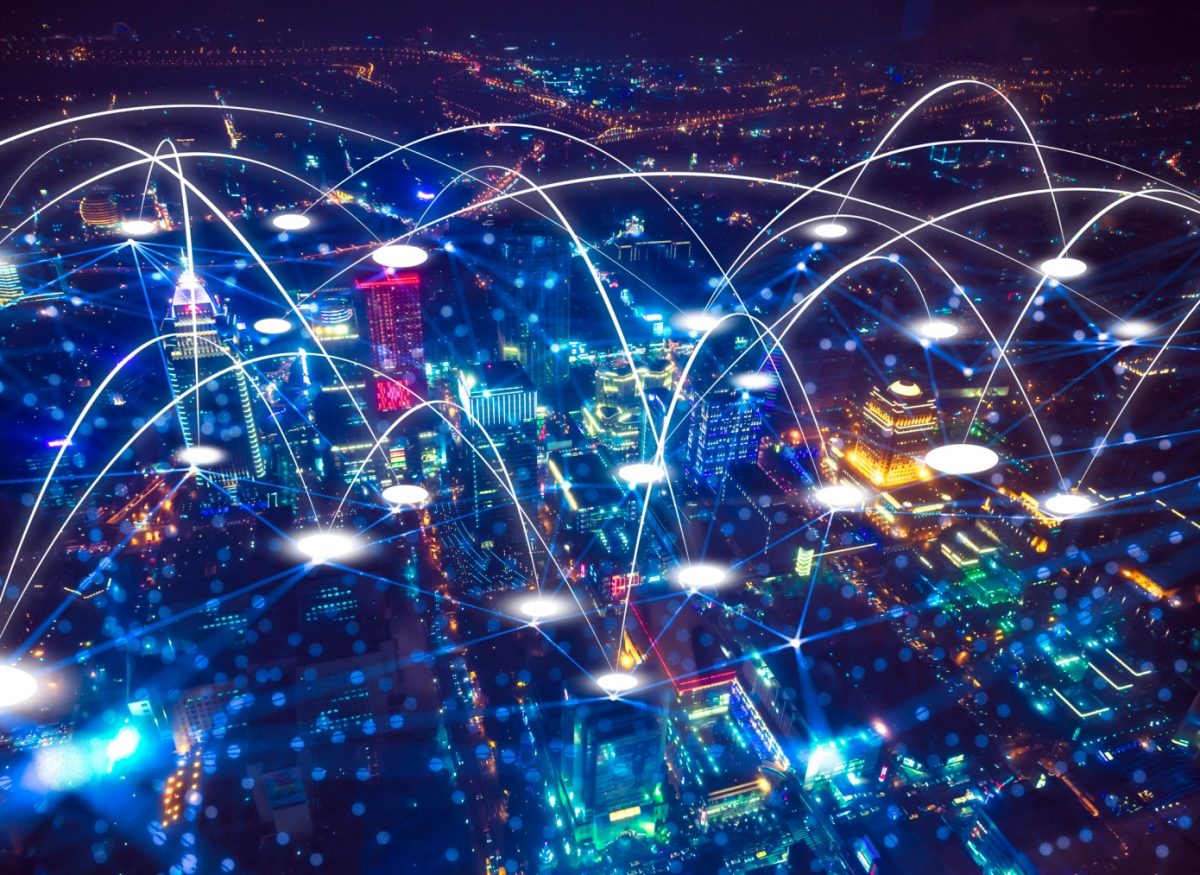5/5 (1)
Three days ago, another platform and its users became victims of a data leakage. This time it was Twitch, a highly popular (game-)streaming platform owned by Amazon with approximately 8.07 million active streamers/users just last month (Clement, 2021). The top streamers on the platform gather millions of viewers around the world and subsequently get paid by Twitch for providing their users with entertainment through streams. Last Wednesday, for the first time in Twitch history, confidential company information and streamers’ earnings were leaked as it became clear how much the top streamers have earned in revenue. And it was not a small leak either: BBC has reported that it was due to a massive breach of over 100GB in data (Tidy & Molley, 2021).
2021: Record-breaking amount of data leaks?
Unfortunately, this data leak of a widely-used platform is not the first and certainly not the last. According to The Identity Theft Research Center, the number of (publicly announced) data breaches so far this year has already surpassed the total number in 2020 by 17%, with nearly 281.5 million people being affected by these breaches in 2021. There have been 1,291 breaches so far, compared to 1,108 breaches last year. The report also states that we could be headed towards a record-breaking year when it comes to total amount of data leaks, with the current all-time high of 1,529 breaches being set in 2017 (Morris, 2021).
More data = more data security?
Whether this year will mark the most amount of data breaches or not, it illustrates that data security is becoming increasingly more important in order to prevent these breaches from happening. With the growth in data produced and collected by almost every business or organisation, the likelihood of the (increasingly valuable) data being leaked or systems being breached naturally increases. To put the increase of data into perspective: In 2010, the world created about 2 ZB (zettabytes) of digital information. Last year, this increased to a whopping 44 ZB in that year alone (Saha, 2020).
Needless to say, more data requires better data security. Especially considering the increase in breaches/leaks this year, companies should look to invest more in protecting their (users’) data. According to a cybersecurity market report, the global cybersecurity market size is projected to grow from 217.9 billion USD in 2021 to 345.4 billion USD by 2026 (MarketsAndMarkets, 2021). Although the cybersecurity market is increasing, will it be enough to significantly decrease data leaks/breaches?
Data equals money
Not only does a data leak hurt a platform’s reputation or its users’ privacy, it can also cost the concerned organization a lot of money. According to the annual Cost of a Data Breach Report, 2021 had the highest average cost in 17 years as data breach costs rose from 3.86 million USD to 4.24 million USD: “the highest average total cost in the 17-year history of this report” (IBM, n.d.). When looking at the example of Twitch, source code was leaked alongside revenue information of top streamers. Therefore, its competitors (e.g. YouTube Gaming) now have access to their rival’s source code and revenue information about the platform’s most valuable asset: their content providers. With the added privacy aspect of the leak, this might result in a significant loss of competitive advantage and thus loss of revenue for Twitch.
Discussion: is it enough?
Now you know how much is invested in cybersecurity and how much an average data leak actually costs, do you think companies should invest even more? In addition, do you think 2021 will go into the history books as the “least safe” year for online platforms so far? And do you think this particular breach will mark the end of Twitch’s dominant competitive position in its industry?
Let me know your thoughts and perspective.
References
Tidy, J. & Molloy, D. (2021). Twitch confirms massive data breach. Available at: https://www.bbc.com/news/technology-58817658
Clement, J. (2021). Active streamers on Twitch worldwide 2021. Available at: https://www.statista.com/statistics/746173/monthly-active-streamers-on-twitch/
Morris, C. (2021). The number of data breaches in 2021 has already surpassed last year’s total. Available at: https://fortune.com/2021/10/06/data-breach-2021-2020-total-hacks/
Saha, D. (2020). How The World Became Data-Driven, And What’s Next. Available at: https://www.forbes.com/sites/googlecloud/2020/05/20/how-the-world-became-data-driven-and-whats-next/?sh=2161cb1d57fc
MarketsAndMarkets. (2021). Cybersecurity Market with Covid-19 Impact Analysis by Component (Software, Hardware, and Services), Software (IAM, Encryption, APT, Firewall), Security Type, Deployment Mode, Organization Size, Vertical, and Region – Global Forecast to 2026. Available at: https://www.marketsandmarkets.com/Market-Reports/cyber-security-market-505.html#:%7E:text=global%20Cybersecurity%20market%3F-,In%20the%20post%2DCOVID%2D19%20scenario%2C%20the%20global%20cybersecurity,9.7%25%20from%202020%20to%202026.
IBM. (n.d.). How much does a data breach cost? Available at: https://www.ibm.com/nl-en/security/data-breach
Author: Roël van der Valk
MSc Business Information Management student at RSM Erasmus University - Student number: 483426
TA BM01BIM Information Strategy 2022
View all posts by Roël van der Valk












